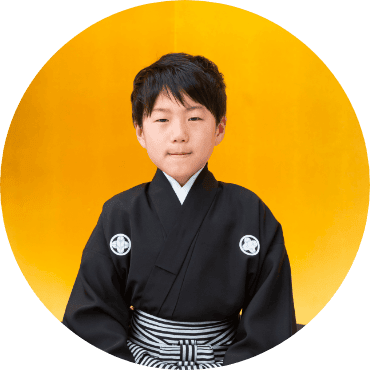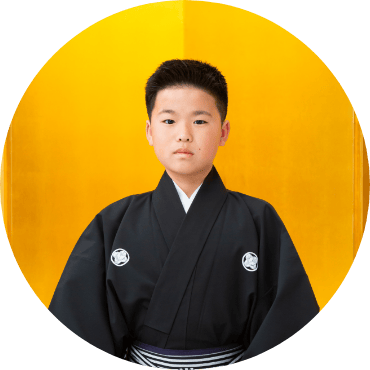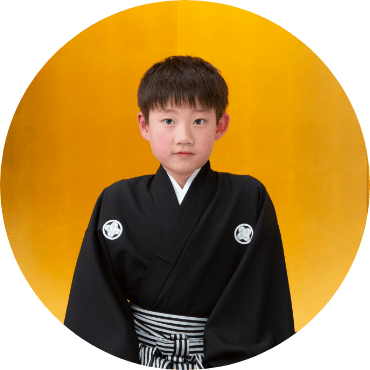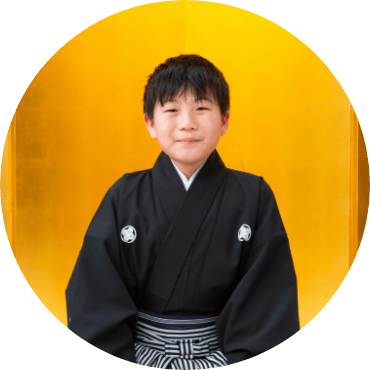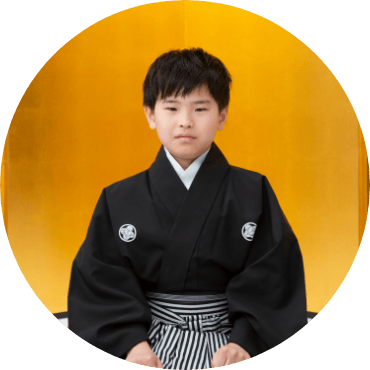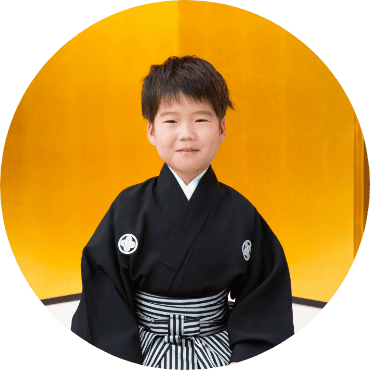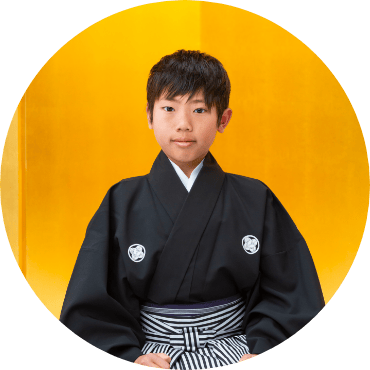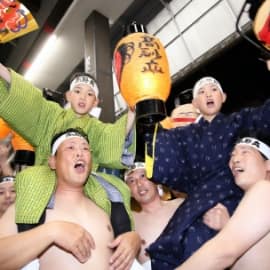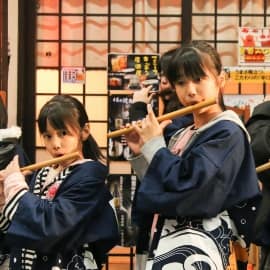 UNESCO Intangible Cultural Heritage Nagahama Hikiyama Festival
UNESCO Intangible Cultural Heritage Nagahama Hikiyama Festival
NEWS
-
2022.04.15
-
2022.04.14
-
2022.04.14
-
2022.04.13
-
2022.04.13
The origin of the
Nagahama Hikiyama Festival
A about 450 years ago, when Hideyoshi Toyotomi, a warlord of those days, constructed a castle and formed the castle compounds of Nagahama, the Nagahama Hikiyama Festival began. At that time, because of countless wars, many shrines and temples were severely damaged and as well as the town. In 1572, after the Azai clan was brought downd, Nobunaga Oda commanded Hideyoshi to take charge of Nagahama in their stead. Henceforth, he made great efforts to improve the town’s situation, creating new shrines and temples and helping to reconstruct the town.
Years later, he had a baby boy. He was overjoyed and presented alluvial gold to the people of Nagahama in celebration. They made some parade floats called hikiyama using the gold, and every time the new religious festival was held at Hachiman Shrine, people worked together in pulling ropes to move the hikiyamas. It is said that this was the beginning of the Nagahama Hikiyama Festival.
Nowadays, the festival is very famous for kodomokabuki, when 5 to 12-year-old boys perform traditional kabuki plays on the hikiyama floats. Kodomokabuki, perhaps the most anticipated event of the 9 days festival, requires several months of preparation and the cooperation of many people in Nagahama. Nobody knows when kodomoKabuki was first performed at the festival, but historical records show that it had already become tradition in 1772.
Nagahama has developed as a commercial town since Hideyoshi’s reign, and, about 200 years ago, famous architects did their finest work and built the twelve beautiful hikiyamas that are still used today. It is no exaggeration to say that the Nagahama Hikiyama Festival, so gorgeous and luxurious, is the best festival in Japan.
Nagahama Hikiyama Festival, Spring 2025
Miyamachi-gumi Takasagozan
Yoshitsune Senbonzakura
Kawatsurahougen Yakatanoba
Highlights of the festivale
Starting from the incense offering and the naked procession on April 9 to the goheigaeshi on April 17, the Hikiyama Festival is spread out over nine days (officially five days from the mide welcoming on April 13).
The Hikiyama Festival is a nine-day event (officially, five days starting from the welcoming of the mage on the 13th).
It is fun to try to understand all the events, but it is also very difficult.
So, I will introduce some of the highlights of the festival. I will introduce some of the highlights of the festival.
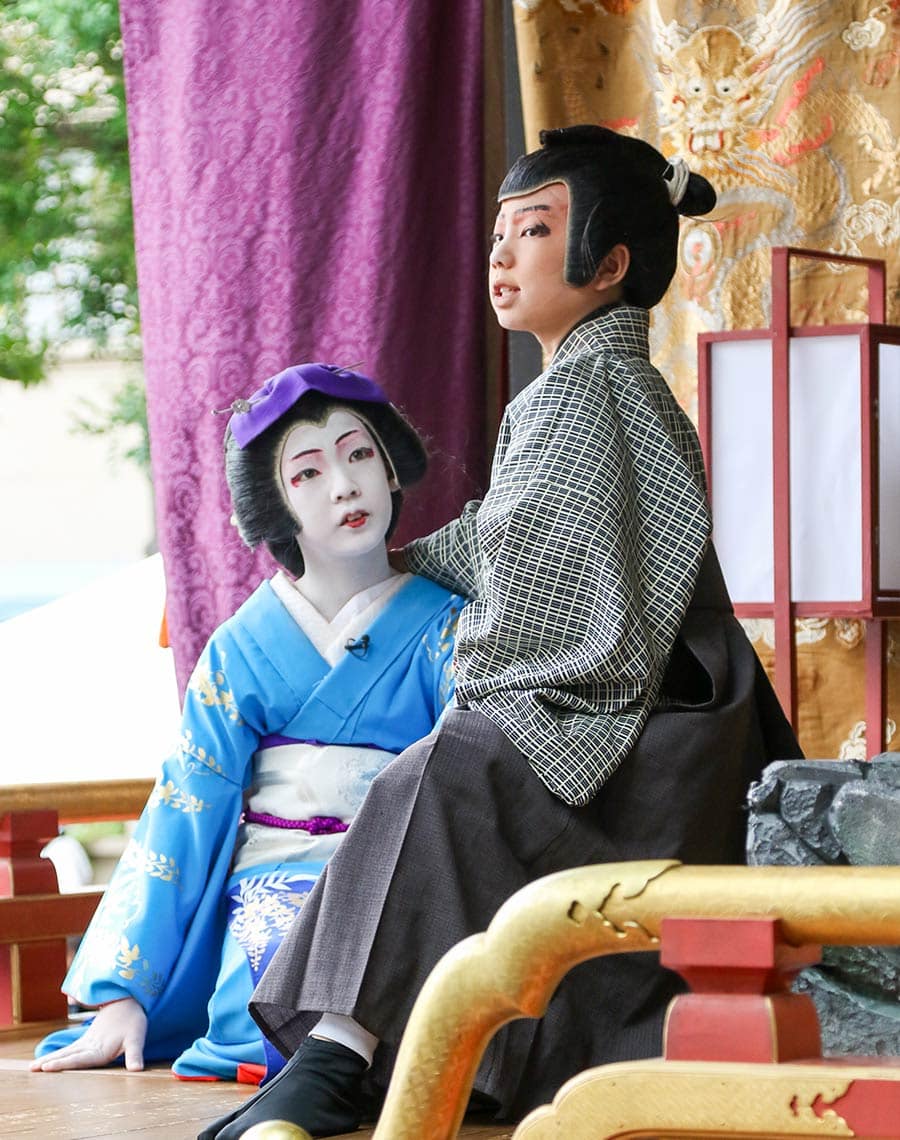
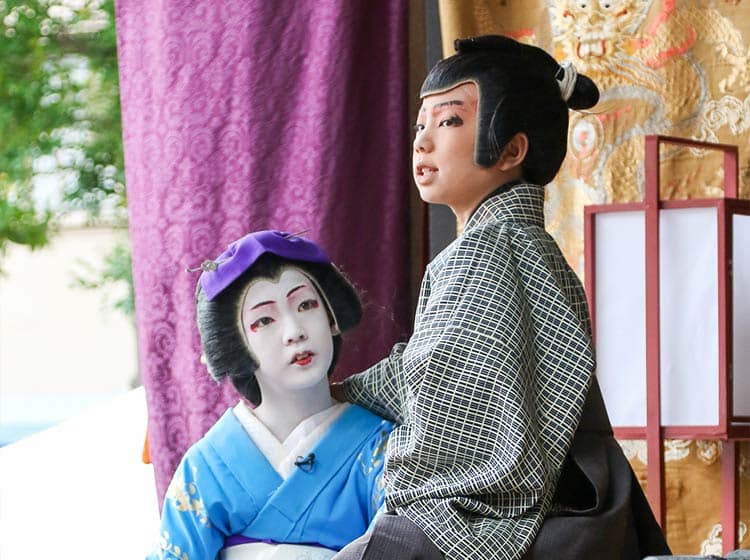
Nagahama Hikiyama Festival Festival Event Schedule
The Nagahama Hikiyama Festival is famous for its Hikiyama Kyogen (Kabuki) performance, but just seeing this performance does not mean that you really know the festival.
Various events are held more than a month prior to the festival.
The naked procession, the welcoming of the sacred staff, the climbing of the mountain, and the evening crossing are all important events that add to the mood of the festival.
The following is a step-by-step introduction to the festival events of the Nagahama Hikiyama Festival (Takasagozan).
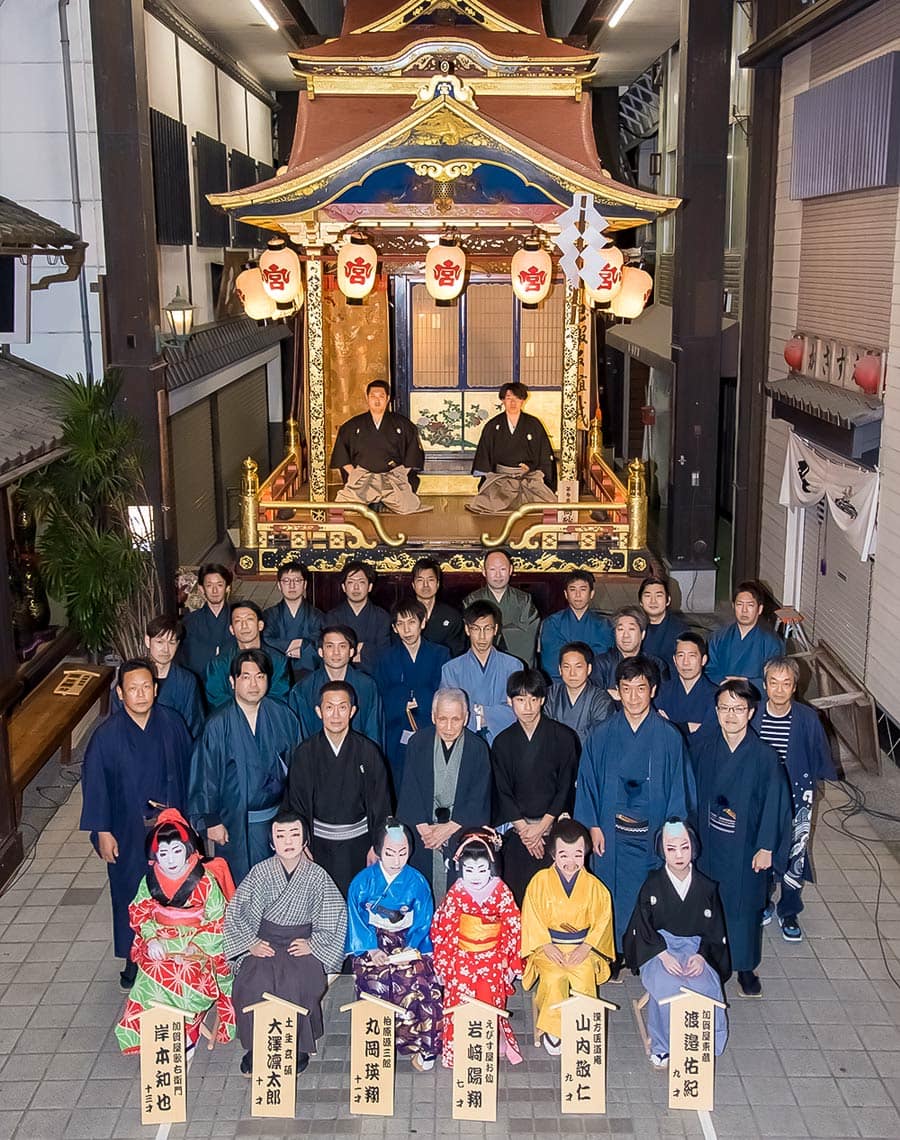
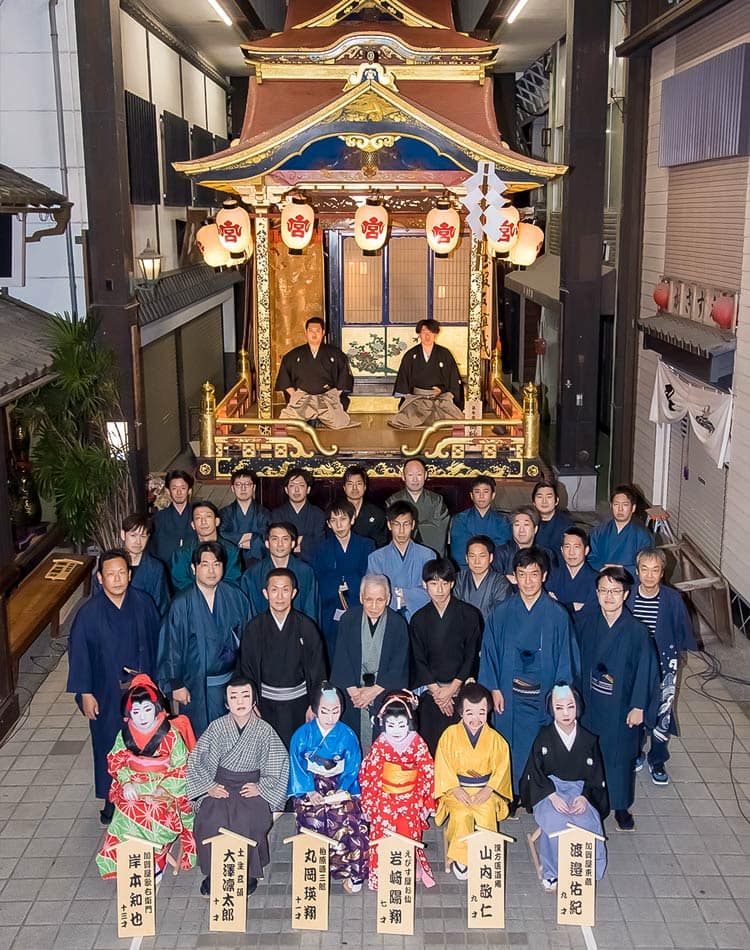
Famous Scenes from Takasago
Here you can see the famous actors of the Takasagoyama Hikiyama Festival.

Takasagozan Miyamachi-gumi
Hikiyama are floats that are pulled or carried during festivals. Nagahama's Hikiyama are decorated with elaborate decorative metal fittings and sculptures that are the culmination of traditional craftsmanship from the Edo period, paintings by famous painters of the time, and curtains made in Europe, etc., and are also called “moving museums”.
There are 13 Hikiyama in Nagahama, and each Hikiyama is owned by the Yamagumi, a group that divides the town of Nagahama into 13 groups. 13 of them, the Naginata-yama is a decorative Yamagata-style float with a sword on the float. The remaining 12 floats have a four-and-a-half-mat stage in the front for children's kyogen (kabuki) performances, and the back, surrounded by a curtain, is used as the children's dressing room. The second floor, called the Chin, Shagiri (transverse flute) is played.
Takasagayama is written “Motoyama,” and there is a theory that it was the first of the 12 to be built.
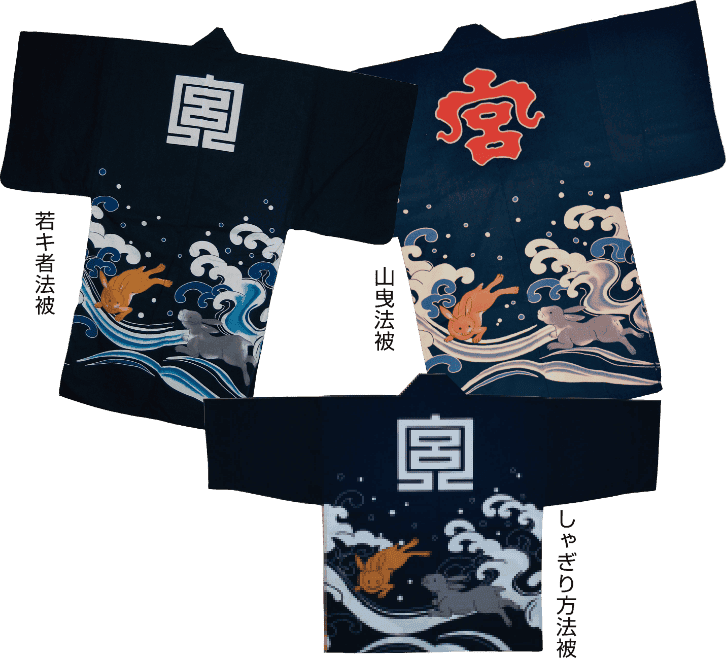

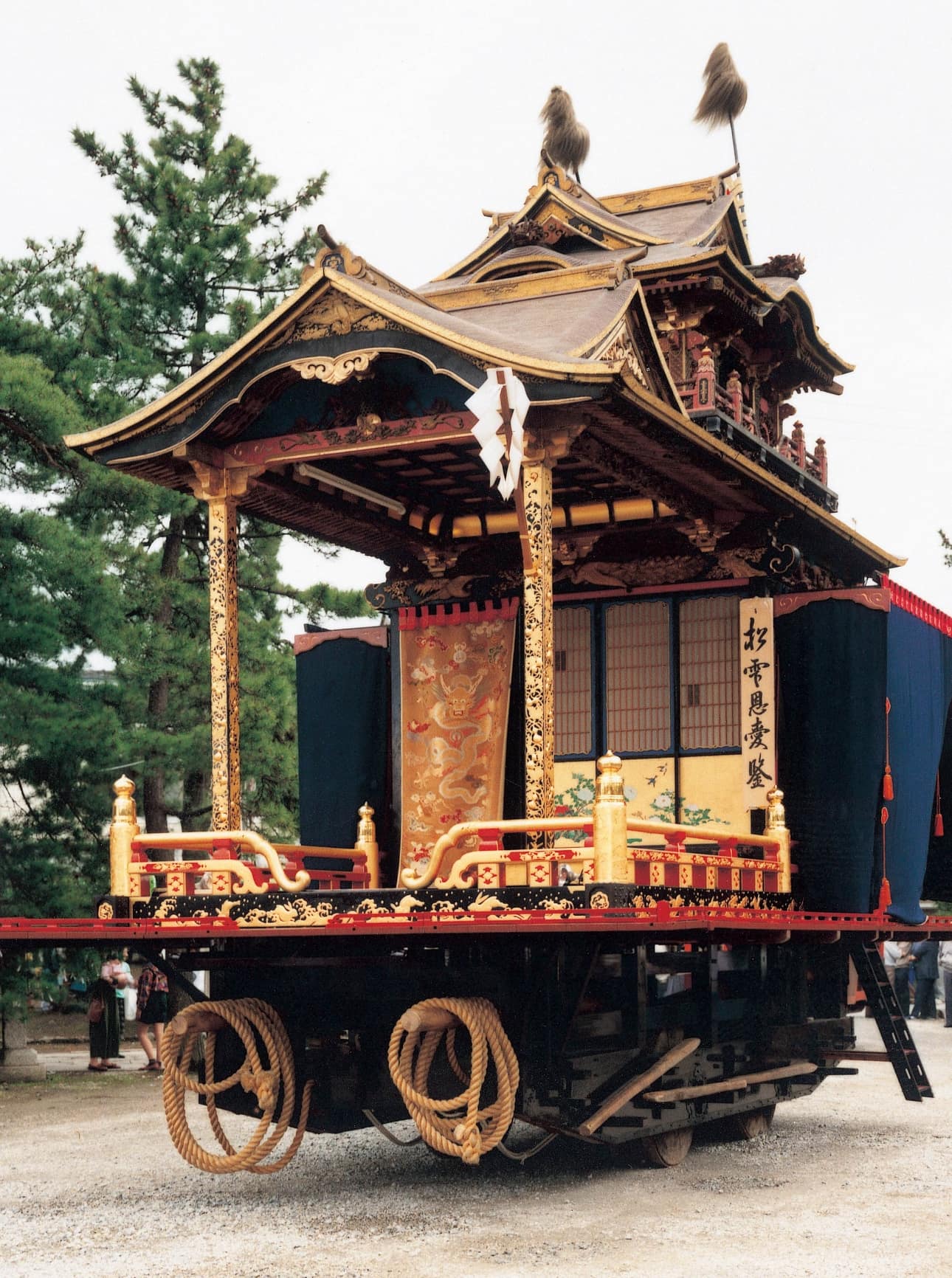
WAKAKIMONO(Youngsters) and SHAGIRI-Tai (transverse flute)
Join us and help us to make the Nagahama Hikiyama Festival, a world-class festival and UNESCO Intangible Cultural Heritage site, a great success.
If you are interested, would like to participate in the festival, or would like to learn how to play the shagiri, please contact us first.



